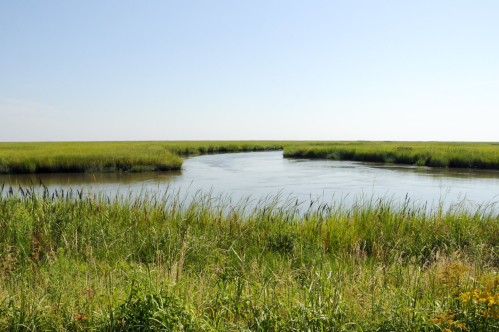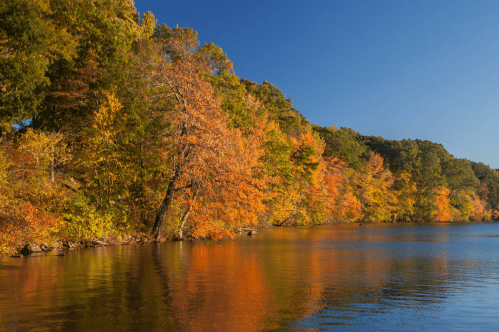There is a lot of history right here in Detroit. Besides being known as the center of the auto industry, Detroit is one of the few cities in the U.S. that is home to a number of diverse cultures, making each one of our neighborhoods unique and historically important. These six neighborhoods in Detroit will take you back in time.
1. Indian Village
The architectural stylings of each home that lies in Indian Village is what makes this neighborhood so rich in history. The historic districts in this neighborhood include Burns, Iroquois and Seminole Avenues, running one mile north from East Jefferson to Mack Avenue.
Landowner Abraham Cook's goal was to make the area a "first class residential district on a generous scale," and he did just that. The homes here are built by some of the most brilliant and prominent architects of the early 1900s. A number of influential people have lived here, including Edsel Ford, the only recognized child of Henry Ford.
2. Boston-Edison District
A majority of the homes in the Boston-Edison Historic District were built between the 1900 and 1925. The neighborhood has over 900 homes, all impressively built in an array of styles, including Tudor, Roman, and Greek Revival, Georgian and Dutch Colonial, and Italian Renaissance.
The area, which is bounded by Linwood, Atkinson, Woodward Avenue, and Glynn Court, was home to several famous residents, including Henry Ford and Joe Louis. Today, people of diverse backgrounds and professions who have an admiration for these spectacular structures own homes here.
3. Palmer Woods
These beautiful homes in the Palmer Woods neighborhood are nestled west of Woodward Avenue and north of Seven Mile Road in Detroit. The quiet area is known for its elm-lined streets, large brick and stone homes, and unique architecture.
Palmer Woods was named after Thomas W. Palmer, a senator and a significant figure in the history of Detroit. After he passed away in 1913, real-estate developer Charles W. Burton purchased part of Palmer's estate and created a neighborhood exclusive to the richest citizens. Using the neighborhood's natural beauty, he created a park-like atmosphere that still encompasses the area today.
4. Corktown
Corktown is the oldest surviving neighborhood in Detroit, originally settled by Irish immigrants in the 1850s that wanted to escape the potato famine. It was named Corktown after County Cork, an area in Ireland where many of these initial immigrants came from.
Before it became the lively neighborhood it is today, most people would only go to Corktown for two things: Michigan Central Station and Tiger Stadium. Most of the original buildings are Federal style, but the architectural style later changed and many of these homes became Victorian townhouses with Gothic and Queen Anne elements.
5. Sherwood Forest
Seven Mile Road, Livernois, Pembroke and Parkside bound Sherwood Forest. If you're familiar with Robin Hood, than you may know that this neighborhood was named after Sherwood Forest in Nottinghamshire, England. The developers wanted to make the neighborhood resemble an English village, and the Georgian Colonial and English Tudor homes definitely make it so.
This charming area has been part of Detroit's heritage since 1917. It's mostly known for its architecturally distinctive structures and winding streets. Most of these beautiful homes were built in the 1920s and 30s and the neighborhood is regarding as one of the most appealing areas in Detroit.
If You Only Have One Day to Visit This Small Town in Maine, Here’s Everything You Absolutely Can’t Miss

If You Only Have One Day to Visit This Small Town in Massachusetts, Here’s Everything You Absolutely Can’t Miss

If You Only Have One Day to Visit This Small Town in Maryland, Here’s Everything You Absolutely Can’t Miss

6. Brush Park
Brush Park was developed during the 1850s as an upscale neighborhood in Detroit. It was once a ribbon farm (long, narrow land divisions, usually lined up along a waterway) dating back to French colonial times.
You can find many impressive Victorian mansions here, all built during the final decades of the 19th century. Because of its unique architectural styles, the neighborhood got the nickname "Little Paris."
Did you know these historic facts about the Detroit neighborhoods listed here? Are there other awesome things we should know about a particular neighborhood, or ones we left out? Let us know below!
If you're interested in learning more about Detroit's history, than you need to check out these fascinating old photos of how the city used to look like. You'll be blown away!
Subscribe to our newsletter
Get the latest updates and news
Thank you for subscribing!



































